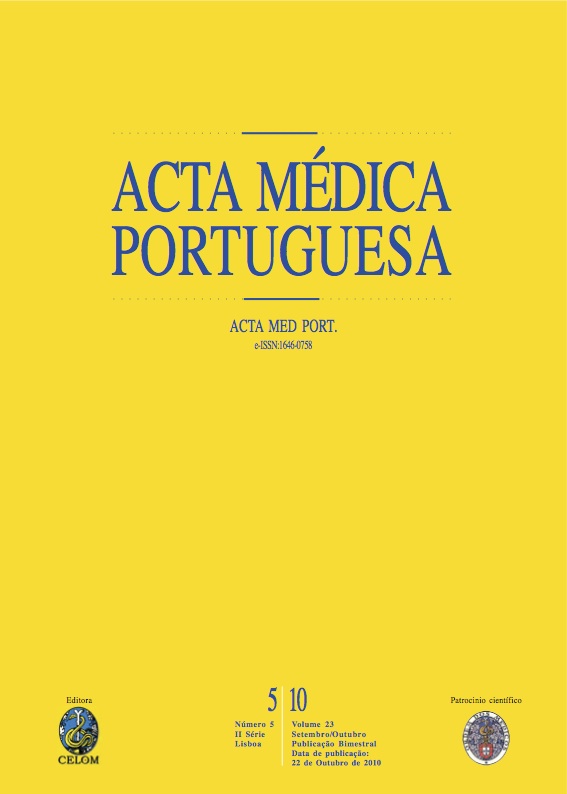Grip strength changes in familial amyloidotic polyneuropathy.
DOI:
https://doi.org/10.20344/amp.723Abstract
Familial amiloidotic polyneuropathy (FAP) is an autossomical and dominant neurodegenerative disease related with systemic deposition of amyloid fibre mainly on peripheral nervous system. Clinically, is translated by an autonomous sensitive-motor polyneuropathy with beginning nearly always in foot, involving subsequently the hands. Until now, the unique available treatment for FAP disease is liver transplantation requiring medication that negatively affect muscle metabolism and force production mechanism. To our knowledge there are no quantitative characterizations of peak force in FAP patients or any comparison with healthy people. This knowledge will be extremely important to verify clinical and functional evolution of this disease and eventually prescribe an effective rehabilitation program.The purpose of this study was to analyse and compare levels of hand grip strength (peak force and endurance) in FAP patients with (FAPTx) or without (FAPNTx) a liver transplant with a group of healthy people (GC).The total sample of individuals where two hundred and six, assigned in 3 groups: 59 patients PAFNTx (23 males, 36 female; age 35 ± 8 years); 90 patients PAFTx (53 males, 37 females; age 34 ± 8 years) e 62 healthy persons (GC) (30 males, 32 females; age 33 ± 9 years). Grip strength was assessed by a portable grip dynamometer E-link (Biometrics Ltd, UK). All measurements were taken on standardized positions with standardized orders. The value noted to peak force was classified according to American College of Sports Medicine norms for grip strength.The 3 groups are differents (p < 0,05) for weigth, body mass index (BMI) and grip strength in both hands and endurance for left hand. Negative correlations between age and grip strength were found for PAFNTx and PAFTx but not for GC.According to our results FAP patients have lower values for grip strength in both hands than healthy subjects and consequently a worse classification in ACSM norms. Most patients present grip strength values lower than medium values or even precarious. These results could present predictable negative functional implications, showing also the necessity of a rehabilitation program with specificity at hand motor level.Downloads
Downloads
How to Cite
Issue
Section
License
All the articles published in the AMP are open access and comply with the requirements of funding agencies or academic institutions. The AMP is governed by the terms of the Creative Commons ‘Attribution – Non-Commercial Use - (CC-BY-NC)’ license, regarding the use by third parties.
It is the author’s responsibility to obtain approval for the reproduction of figures, tables, etc. from other publications.
Upon acceptance of an article for publication, the authors will be asked to complete the ICMJE “Copyright Liability and Copyright Sharing Statement “(http://www.actamedicaportuguesa.com/info/AMP-NormasPublicacao.pdf) and the “Declaration of Potential Conflicts of Interest” (http:// www.icmje.org/conflicts-of-interest). An e-mail will be sent to the corresponding author to acknowledge receipt of the manuscript.
After publication, the authors are authorised to make their articles available in repositories of their institutions of origin, as long as they always mention where they were published and according to the Creative Commons license.









